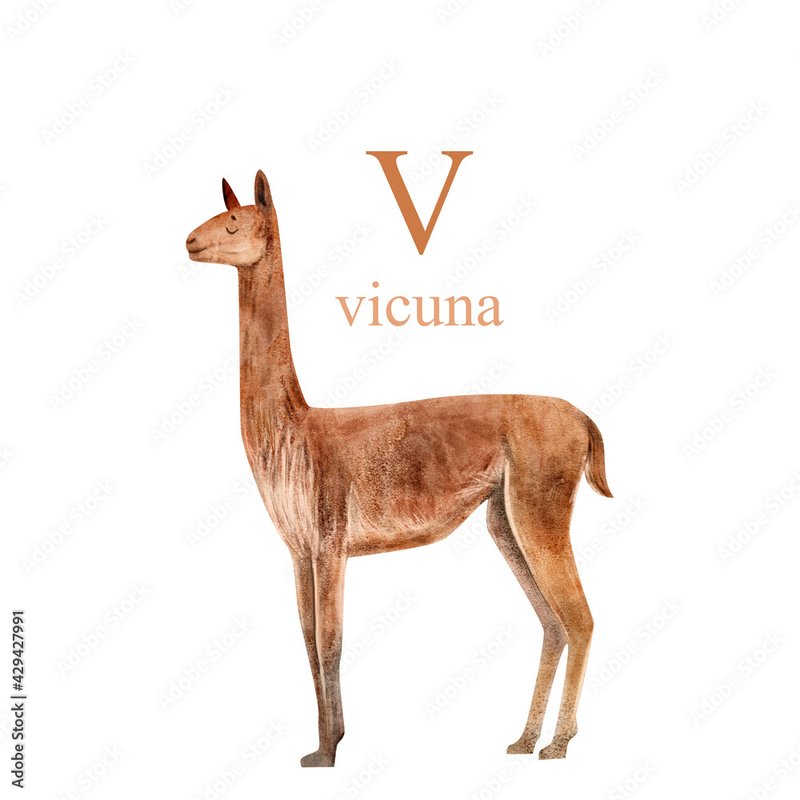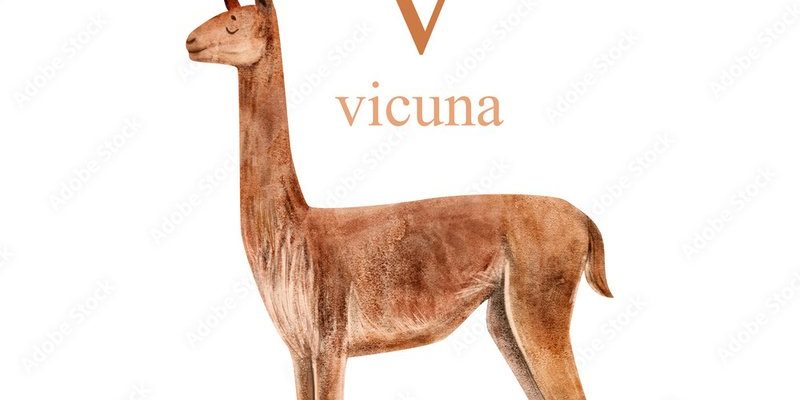
The vicuna is part of the camelid family, which also includes llamas and alpacas. While these relatives have been domesticated over time, the vicuna remains wild, adding a layer of intrigue to its story. So, if you’re curious about how this remarkable animal came to be, let’s dive into the evolutionary history of the vicuna and explore its remarkable journey through the ages.
Understanding the Vicuna: A Quick Overview
To appreciate the vicuna’s evolutionary history, it’s essential to start with what makes this species unique. Vicunas are medium-sized animals, typically weighing around 100 pounds and standing about three feet at the shoulder. They have long legs, large eyes, and a slender body that’s perfectly designed for high-altitude life.
These animals live in the Andean mountains, usually at elevations between 10,000 and 15,000 feet. Here’s the thing: the air up there is thin and oxygen levels are low, making survival a challenge. Vicunas have adapted beautifully, developing specialized lungs and blood systems that allow them to thrive in these extreme conditions.
One fascinating detail is their luxurious fleece. The vicuna’s wool is incredibly soft and warm, making it highly sought after. In fact, it’s illegal to domesticate or shear a vicuna in the wild, as this helps protect their population. Unlike their cousins, vicunas have remained wild and free, a testament to their unique evolutionary path.
The Ancestry of the Vicuna
The vicuna’s evolutionary history can be traced back millions of years. These animals belong to a group known as **camelids**, which first appeared about 40 million years ago. The earliest ancestors of modern vicunas are believed to have originated in North America before migrating south into South America.
Around 3 million years ago, camelids further evolved into various species, most notably the llama and alpaca. By studying fossil records, researchers suggest that the vicuna diverged from these relatives somewhere around 1 million years ago, adapting to the harsh conditions of the Andes.
This part of South America is a biodiversity hotspot, filled with unique flora and fauna. As vicunas adapted to their environment, they developed distinctive behaviors and physical features that helped them survive. For instance, their long necks allow them to graze on high-growing grasses and shrubs, while their keen eyesight helps them spot predators from afar.
Adaptations for Survival in the Highlands
When we look at the vicuna’s adaptations, it’s like watching a nature documentary unfold. Imagine navigating the rocky terrain of the Andes with a thick coat that keeps you warm in freezing temperatures. Vicunas have short, dense hair that traps air, providing excellent insulation against the cold.
Moreover, their diet consists mainly of grasses and other vegetation. Because food can be scarce at high altitudes, vicunas have developed a very efficient digestive system. They are ruminants, meaning they regurgitate their food to chew it again, maximizing nutrient absorption. This adaptation is vital for survival in such a challenging environment.
Interestingly, they also exhibit social behavior that aids in survival. Vicunas live in herds, which provide protection against predators like pumas and foxes. By staying together, they can spot danger more effectively and defend their young, ensuring the continuation of their lineage.
Conservation Status of the Vicuna
Given their unique evolutionary journey and adaptations, it’s a bit concerning that vicunas faced significant threats over the years. In the past, hunting for their luxurious fleece nearly wiped out their population. However, thanks to conservation efforts, vicunas have shown remarkable resilience.
In the ’60s and ’70s, conservation programs were initiated to protect vicunas. Through legal protections and regulated shearing practices, their populations rebounded. Fortunately, today, these animals are classified as Least Concern by the International Union for Conservation of Nature (IUCN), meaning their numbers are stable, but vigilance is still essential.
Here’s the thing: while vicunas may not be in immediate danger, they are still at risk from habitat loss due to agriculture and climate change. Protecting their habitats is crucial for their survival, as they rely on specific ecosystems for food and shelter.
The Role of Vicunas in Andean Culture
The vicuna isn’t just an animal that thrives in the mountains; it’s also deeply rooted in Andean culture. For centuries, these animals have been a source of inspiration and a vital part of local livelihoods. The Inca civilization revered vicunas, considering their wool a symbol of luxury and status.
Even today, vicunas play a role in traditional practices. Local communities often participate in annual shearing events, where they collect wool without harming the animals. This not only provides income for families but also fosters a sustainable relationship between the communities and the wildlife.
You might be wondering about the significance of vicuna wool. It’s considered one of the finest natural fibers in the world, prized for its softness and warmth. This makes it a valuable resource, giving the vicuna a unique place in both ecology and economy.
Future of the Vicuna: Challenges and Prospects
Looking ahead, the future of the vicuna hinges on continued conservation efforts and sustainable practices. As climate change continues to challenge ecosystems, vicunas may face new obstacles. Changes in temperature and vegetation could affect their habitats, leading to potential declines in their populations.
However, there’s hope. Awareness has grown around the importance of protecting vicunas and their environments. Programs that promote sustainable agriculture and eco-tourism are gaining traction. By involving local communities and educating them about the vicuna’s ecological significance, we can help ensure these creatures continue to flourish.
Ultimately, understanding the evolution and current challenges faced by vicunas can inspire us to take action. Whether it’s supporting conservation efforts or simply spreading the word about these remarkable animals, every step counts in preserving their rich legacy.
The evolutionary history of the vicuna is a tale of resilience, adaptation, and cultural significance. From their ancient ancestors to their current status in the Andes, these animals embody the spirit of survival in one of the harshest environments on earth. By learning about their journey, we not only gain insight into the vicuna’s remarkable adaptations but also the importance of preserving their habitat for future generations.
In a world that often feels disconnected from nature, the story of the vicuna reminds us of the beauty and complexity of life. So next time you think about these gentle creatures, remember their incredible journey and the role we can play in ensuring their continued survival. Together, we can help maintain the delicate balance of nature that has allowed the vicuna to thrive for millennia.

